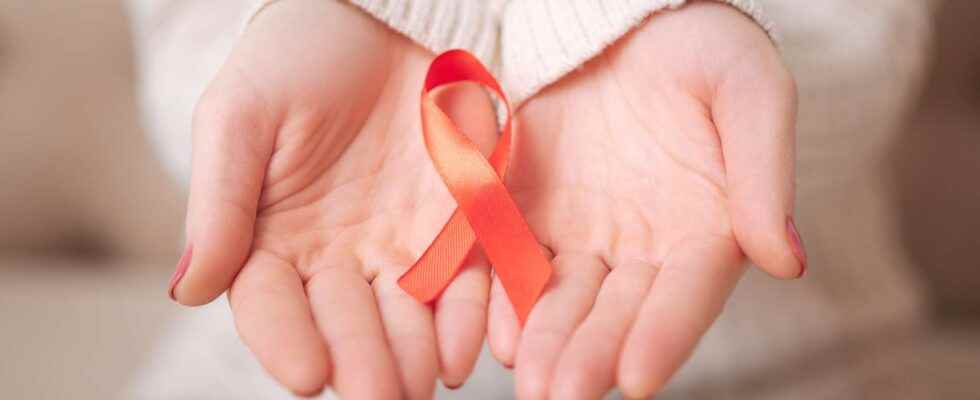Antiretroviral therapy is needed for most HIV-infected patients in order to suppress the replication of the virus. But, for many of them, and despite treatment, the state of viral suppression is not sustainable.
You will also be interested
[EN VIDÉO] HIV: the first case of cure? A Brazilian diagnosed 8 years ago would possibly be cured of HIV in the long term!
1er December 2021 is dedicated to the fight against AIDS, this disease that starts several years after infection with human immunodeficiency virus (HIV). Unaids, or Unusida in French, has set itself the goal of ending theepidemic of AIDS by 2030. To achieve this, the United Nations hopes to be able to diagnose and monitor 95% of people with AIDS, as well as sustainably treat 95% of those diagnosed with antiretrovirals and achieve lasting viral suppression for 95% of those treated. These ambitious goals were established in 2015. Where are we today?
HIV positive children and viral suppression
A study published in The Lancet HIV provides a global estimate of the proportion of adults and children / adolescents with HIV who achieve lasting suppression replication of HIV thanks antiretrovirals. The state of viral suppression corresponds to the presence of less than 1,000 copies of virus per milliliter of blood. With a viral load if low, the risk of transmitting HIV either to a sexual partner or from mother to child during pregnancy or thefeeding with milk, or when sharing medical equipment such as syringes, is at its lowest.
Conducted with 21,594 children / adolescents under 18 and 255,662 adults around the world, the study reveals that 79% of adults HIV positive are virally suppressed one year after starting antiretroviral therapy, 72% after the second year and 65% after the third year. Rather encouraging figures which approach the objectives of Unaids. On the other hand, the situation is more nuanced for children / adolescents. Only 64% of those under 18 infected with HIV are virally suppressed one year after starting antiretrovirals, 62% after two years and 59% after three years.
In 2020, 37.7 million people worldwide are living with HIV, of which 1.7 million are children under the age of 14. The study underlines the need to strengthen the actions of this diagnostic and treatment in the youngest. While 73% of HIV-positive people have access to treatment, this is only the case for 54% of children under 14, according to UNAIDS.
Interested in what you just read?
.
fs6
